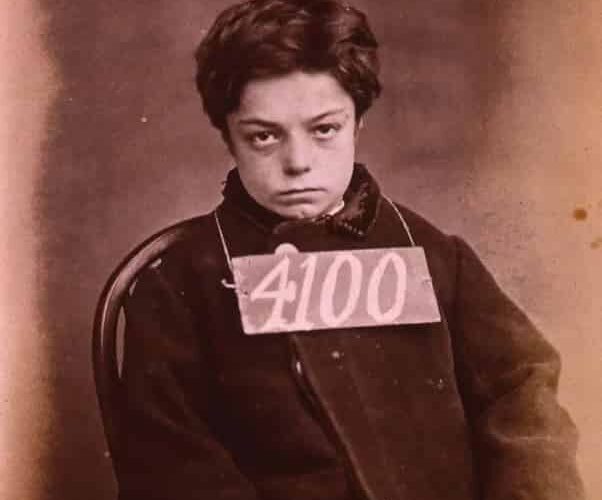Whipped and Forced into Hard Labour for Small Thefts: Victorian Child Criminals in Rare Mugshots
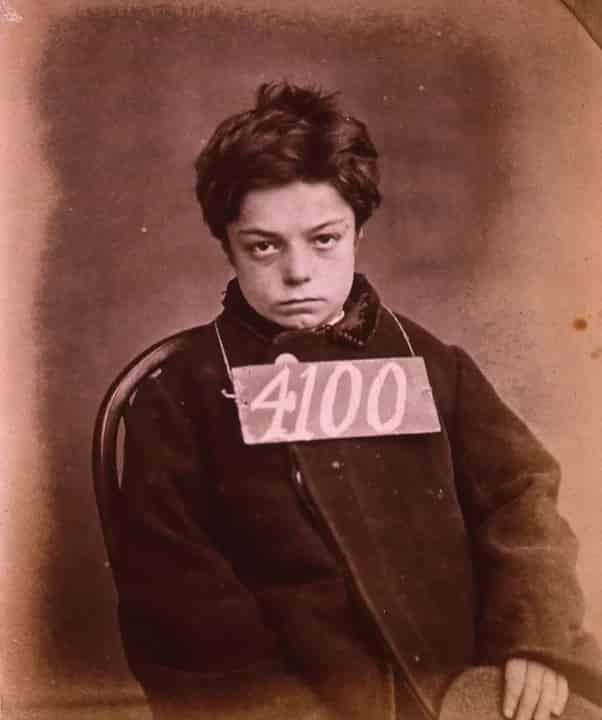
Black-and-white photos of Victorian child criminals as young as ten have recently resurfaced, shedding light on the harsh justice system of the 1800s.
These chilling mugshots, taken at Wandsworth Prison in London between December 1872 and January 1873, show how children were punished for minor offences that wouldn’t even lead to arrest in today’s world.
Harsh Punishments for Minor Crimes
The photographs reveal young faces, each with a heartbreaking story. George Davey, aged 10, and William Jowers, 12, were jailed for stealing two pet rabbits. Eleven-year-old James Leadbetter was whipped and sentenced to four days of hard labour for taking celery.
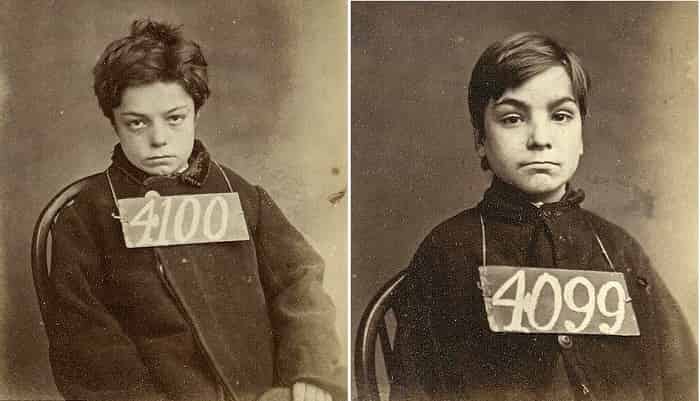
Another boy, Thomas Goodstone, just 14, faced 14 days of hard labour for stealing seven pounds of pork during Christmas. Meanwhile, 11-year-old Thomas Savage endured four days of hard labour and ten lashes with a birch cane for stealing iron.
The punishments were shockingly severe for these young offenders. Even petty theft could result in brutal sentences like whipping, hard labour, or imprisonment alongside adults.
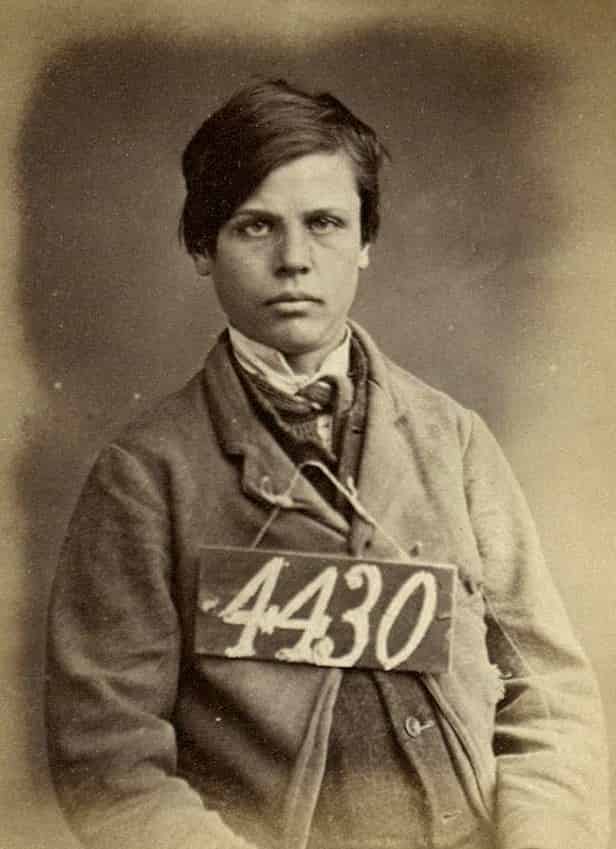
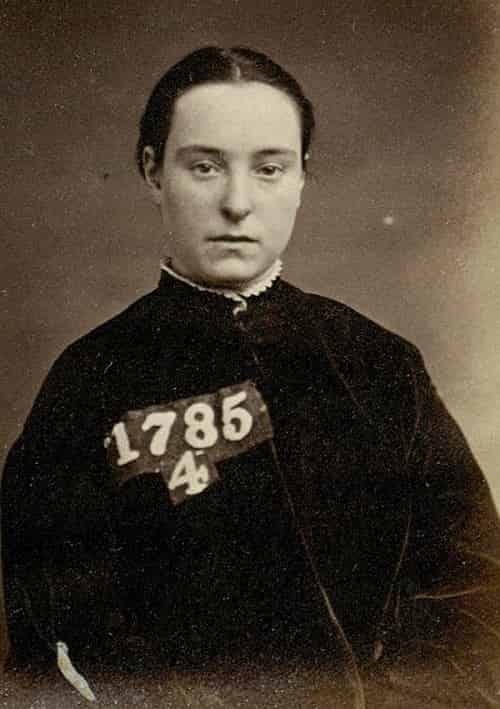
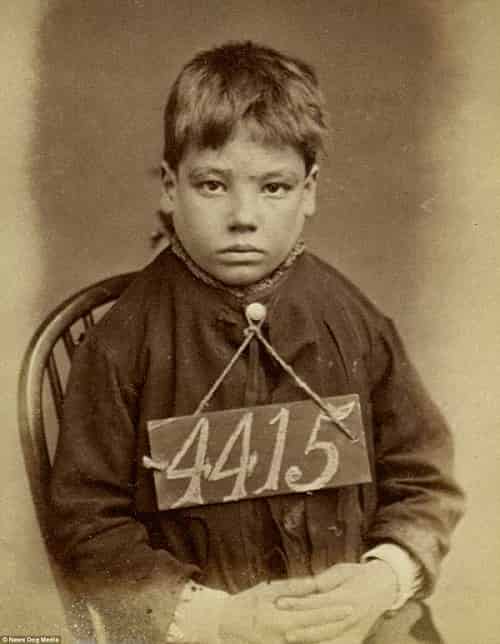
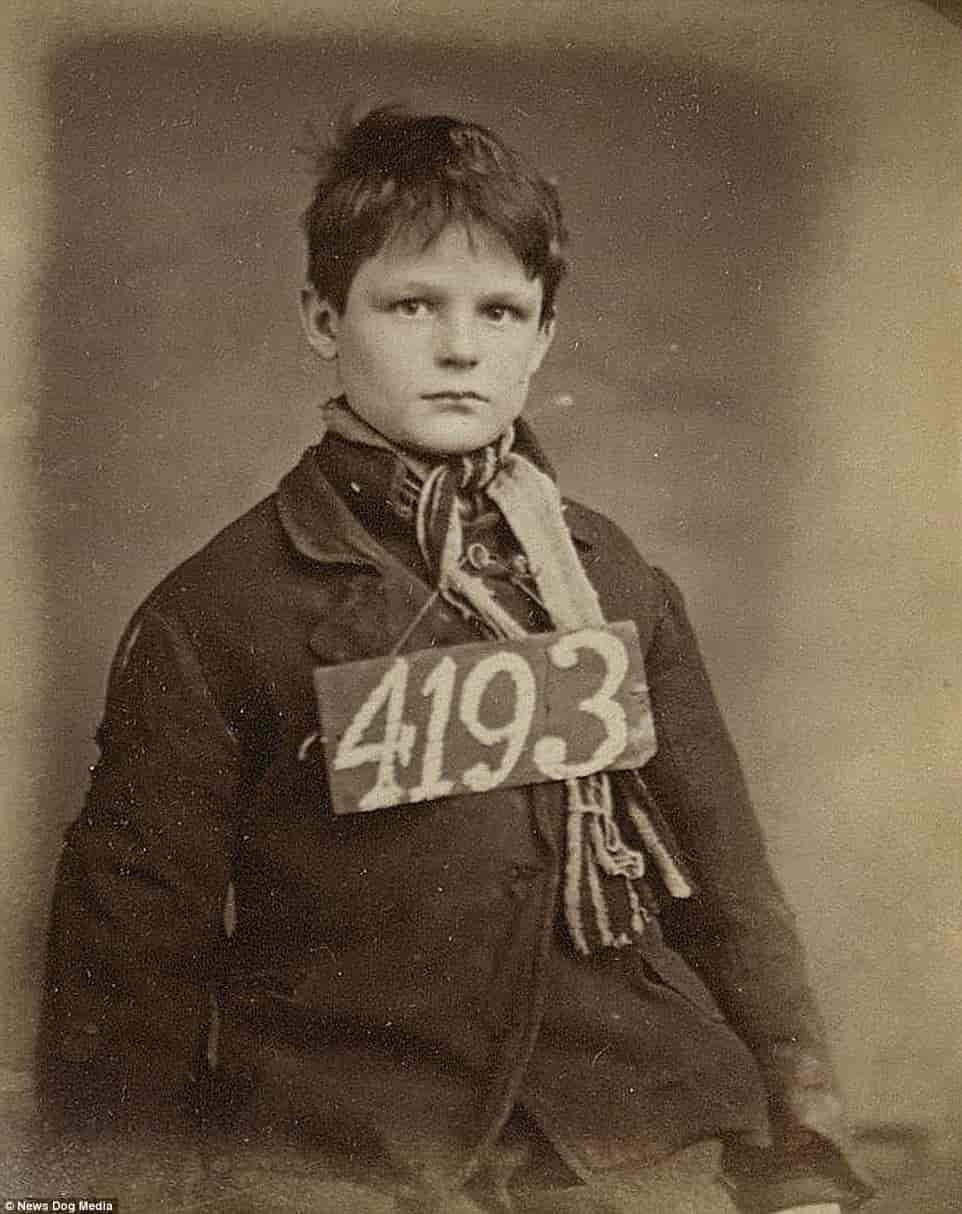
Life for Child Criminals in Victorian Prisons
In the 1800s, the justice system didn’t distinguish between adults and children. Juvenile offenders were treated the same as adult criminals, often being sent to adult prisons such as Oxford Castle Prison. Records even show cases of children as young as 12 being executed for crimes like theft and murder.
One mugshot shows Joseph Oxford, aged 15, who was jailed for stealing a blanket during a cold January. Another, Tammy Puplett, just 14, received ten days in prison for stealing a bottle of gin and other items.
The Victorian justice system was harsh because society was deeply concerned about crime. As a result, even small offences led to severe punishments aimed at discouraging others from committing similar acts.
Photography: A New Tool for Fighting Crime
During the 1800s, photography was a relatively new invention, but it quickly became an essential tool for the police. Officers began taking photos of repeat offenders to track their appearances and warn the public when they were released from prison.
Over time, photographing criminals became standard practice. Eventually, it became mandatory for all arrested individuals to have their mugshots taken, helping law enforcement maintain records and identify repeat offenders more easily.
Changes in the Treatment of Child Offenders
The treatment of child criminals didn’t begin to change until the early 20th century. The 1908 Children’s Act introduced juvenile courts, ensuring that children would no longer be sent to adult prisons or face execution for crimes. However, whipping as a punishment for minors remained legal for some time after.
This shift in law was a turning point in how society viewed young offenders. Instead of punishing them harshly, the focus gradually moved towards rehabilitation and understanding the reasons behind their actions.
Why These Mugshots Matter
The mugshots of these Victorian child criminals serve as a stark reminder of how far society has come in treating juvenile offenders. Today, children who commit crimes are often given support and opportunities to reform rather than facing the brutal punishments seen in the 1800s.
These haunting photos also highlight the cruel reality of life for poor and vulnerable children during the Victorian era. Many of these young offenders likely stole out of desperation or hunger, yet they were subjected to extreme punishments that seemed designed more to make an example of them than to serve justice.
A Glimpse Into the Past
These images, now over 145 years old, show the faces of children whose lives were forever changed by a rigid and unforgiving legal system. From petty theft of celery and pork to stealing blankets in the cold, their crimes seem almost trivial by today’s standards. Yet these acts brought harsh consequences that shaped their futures.
While society has evolved to treat juvenile offenders with more compassion, these mugshots remind us of a time when even the youngest members of society were not spared from the harsh realities of the law.
The photographs, preserved for decades, now serve as an important historical record of a bygone era. They remind us of the importance of justice, fairness, and understanding the circumstances behind a crime – especially when it comes to children.
FAQ on Victorian Child Criminals and Their Punishment
1. Why were children punished so harshly in the Victorian era?
The Victorian justice system treated all offenders equally, regardless of age. This was partly because society was deeply worried about crime and believed in harsh punishments to deter others. Poverty and lack of social support also meant that many children committed petty thefts out of desperation, but the legal system showed little mercy.
2. What kinds of crimes did Victorian child criminals commit?
Most of these crimes were minor by today’s standards. Children were punished for stealing items like celery, pork, rabbits, gin, or even iron. These petty thefts were often driven by hunger or poverty, but they led to severe punishments.
3. What punishments did child criminals face?
Common punishments for child criminals included:
- Whipping with a birch cane.
- Hard labour, such as breaking stones or working in harsh conditions.
- Imprisonment in adult prisons, often with no separation from older inmates.
- In extreme cases, execution, although this became rare over time.
4. Were children sent to prison with adults?
Yes, in the 1800s, children were often sent to adult prisons. Facilities like Oxford Castle Prison housed both children and adults, exposing young offenders to dangerous environments and making rehabilitation difficult.
5. Were children ever executed for crimes?
Yes, there are records of children as young as 12 being executed for crimes like theft and murder. For example, in 1829, a 12-year-old was hanged for petty theft and murder. These extreme punishments were eventually abolished.
6. What role did photography play in the justice system?
During the Victorian era, photography was a new technology, and police began using it to take mugshots of repeat offenders. These photos helped identify criminals and were shared with the public to warn them when offenders were released from prison.
7. When did the treatment of child offenders start to change?
The 1908 Children’s Act marked a turning point. It introduced juvenile courts, prohibited children from being sent to adult prisons, and abolished the death penalty for minors. However, whipping was still allowed for some time.
8. Why are these Victorian mugshots important today?
These mugshots offer a glimpse into the harsh realities of the past. They remind us how far society has come in treating juvenile offenders with compassion and fairness. The photos also shed light on the lives of poor and vulnerable children during a time when poverty often led to criminalization.
9. How were crimes among children viewed in Victorian society?
Victorian society was very concerned about crime and believed in strict discipline. There was little understanding or consideration of the reasons behind a child’s actions, such as poverty or neglect. Instead, children were often labeled as criminals and punished harshly to deter others.
10. What lessons can we learn from these historical practices?
The treatment of Victorian child criminals teaches us the importance of empathy and rehabilitation over punishment, especially for young offenders. It also highlights the need to address the root causes of crime, such as poverty and lack of education, to prevent such situations in the first place.

